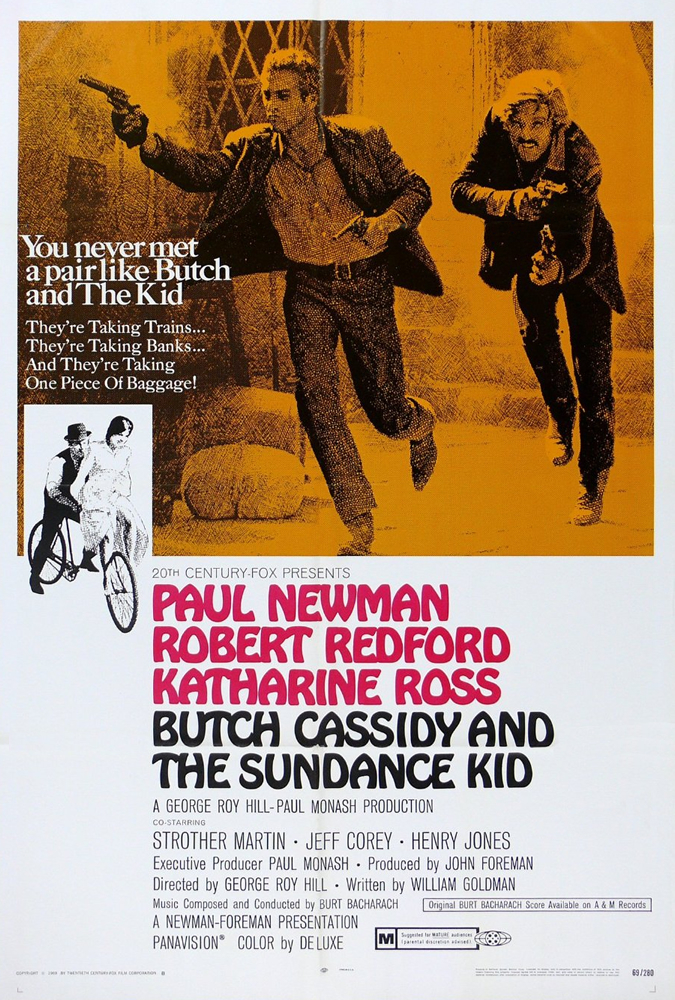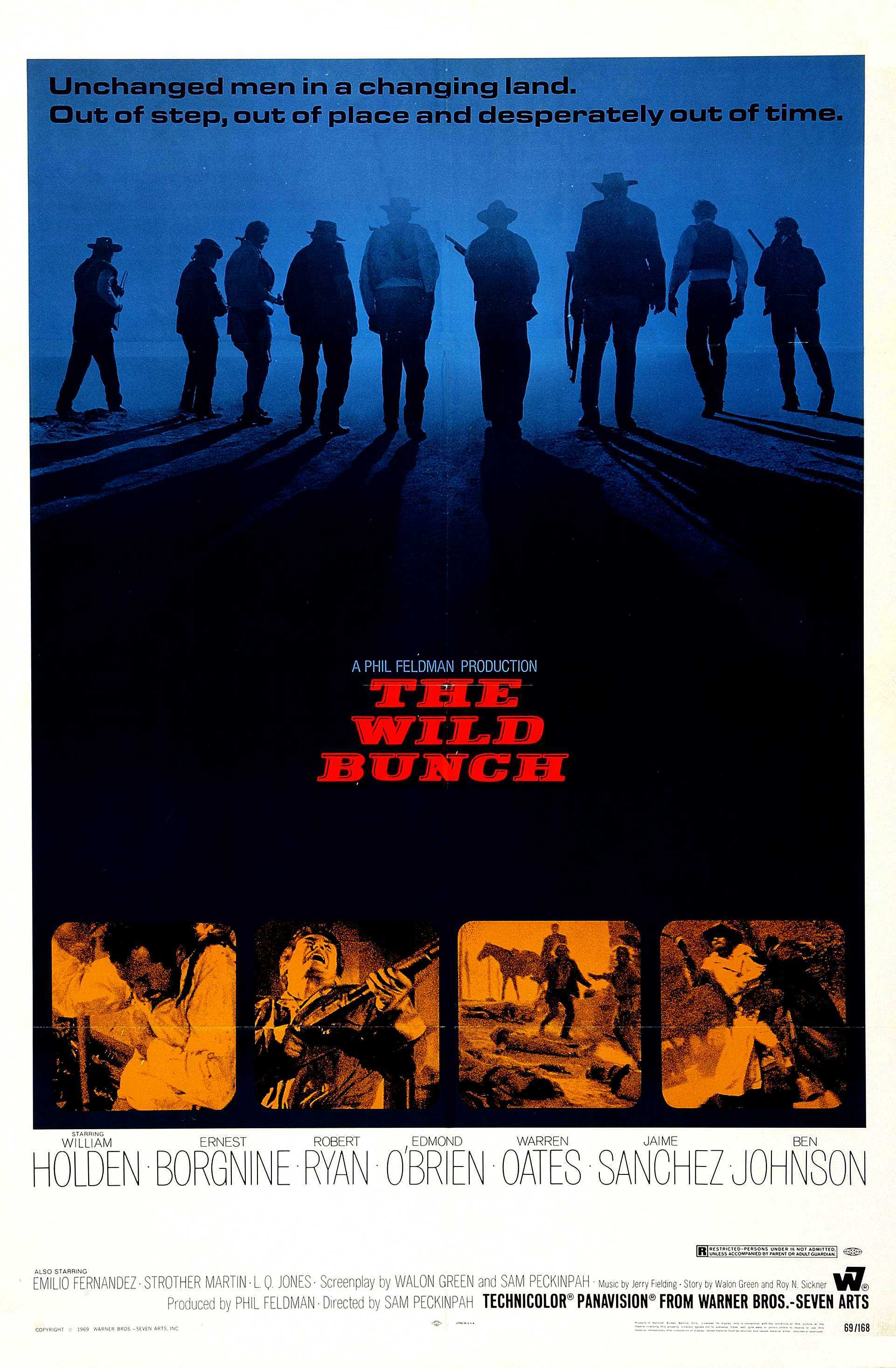
I watched ten movies last week, seven of which were new to me. Two of which were westerns that I will talk about later this week in more depth.
The Wild Bunch (1969): Sam Peckinpah made several westerns before this one, but this is his masterpiece, the culmination of his thoughts on the genre. It is brutally violent, dark, cynical, and pretty fantastic. I’ll have more thoughts on it when I write my full review.
Small Town Crime (2017): A small, twisty, noir-tinged thriller starring John Hawkes as a disgraced, alcoholic former cop who discovers a body on the side of the road. He convinces the girl’s father (Robert Forster) to let him work the case as a private detective. The case gives him a new lease on life to actually do something besides drink himself into an early grave. The plot is pretty standard stuff, but it is done well and Hawkes is great as usual. I’d love to see him in an HBO-type series where he solves crimes every week.
Double Indemnity (1973): A television remake of the classic film noir with Richard Crenna in the Fred MacMurray role, Samantha Eggar taking over the Barbara Stanwyck part, and Lee J. Cobb as Edward G. Robinson. It follows the original script pretty closely (though it does edit parts out to cut down on the total time), but pales in comparison.
But it isn’t as bad as it’s been made out to be. It is a perfectly serviceable TV movie. If the original didn’t exist this would be, well it would be completely forgotten as it isn’t good enough to really be remembered, but if you picked it up in the $2 DVD bin you wouldn’t think it was a waste of your money.
But since the original does exist there is no real reason to watch it other than to make you realize how perfect the original is in every way. I watched it because it came as an extra on my Blu-ray of the original and I was curious about it.
Butch Cassidy and the Sundance Kid (1969): One of my favorite westerns. It feels like the opposite side of the same coin The Wild Bunch comes from. This is a lot more fun to watch and Paul Newman and Robert Redford have never been more charming.
The Lodger: A Story of the London Fog (1927): Alfred Hitchcock’s first big hit and his first truly Hitchcockian film has been a gaping hole in my cinematic knowledge for far too long. I remedied this week and I can’t really fathom why it took me so long.
The plot follows a London family after they have taken in a mysterious lodger who might just be a Jack the Ripper-style killer. It is full of creeping dread and suspense while utilizing what would become many of the director’s trademark styles. Even without sound, he proves himself a master of camera placement and movement, and editing.
Barbarian (2022): A pretty terrific little horror film that I talked about in my Friday Night Horror piece.
Sabotage (1939): The Lodger got me into the mood for another early Hitchcock film. I’d seen this one before but it is so worth watching again. It is about a man who is enlisted by foreign agents to commit acts of sabotage in London. It follows his wife and a young police detective as they try to determine whether or not that’s actually true.
Strangely, this one doesn’t seem all that beloved by Hitchcock fans and classic movie nerds, but I love it. It is full of that classic Hitchcock suspense and it makes great use of its setting (the family runs an old movie theater.)
Excalibur (1981): I have this distinct little memory of my mother renting this movie when I was a kid. I was very excited to watch it because it had knights in shining armor and wizards and it looked really cool. But Mom watched it before me and decided that the nudity, sex, and violence were not appropriate for little old me. I was so disappointed.
That memory has stayed with me, but I somehow only got around to watching the film now. What a strange, long, freaky movie it is. The plot is a retelling of the King Arthur myth. It looks great, the set design is wondrous and the lighting and camera placement are all really interesting. But the story just plods along and the action is clumsy at best.
John Boorman directed it. He made Zardoz a few years earlier. It is just as weird and stylish but it‘s actually good.
Gold Diggers of 1933 (1933): Joan Blondell and Dick Powell star in this wonderful little musical with choreography from Busby Berkeley. The film opens with Blondell, Ginger Rogers and a host of chorus girls decked out in dresses made of gold coins singing “We’re in the Money” and it just gets better from there.
Every Secret Thing (2014): Two very young girls are convicted of kidnapping and then murdering a baby. Years later, just after they are released from juvenile correction another little girl goes missing. The story moves from the first crime to the next connecting how what we did in our past influences who we are and what we can do in our present and future.
Did you all watch anything interesting this week?

